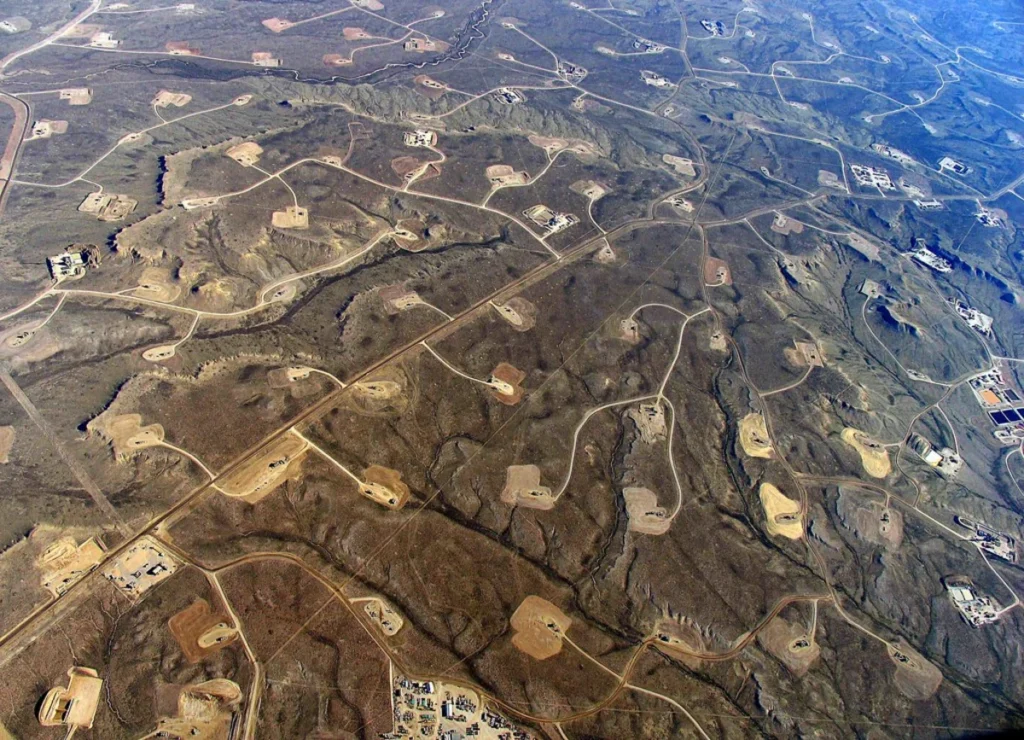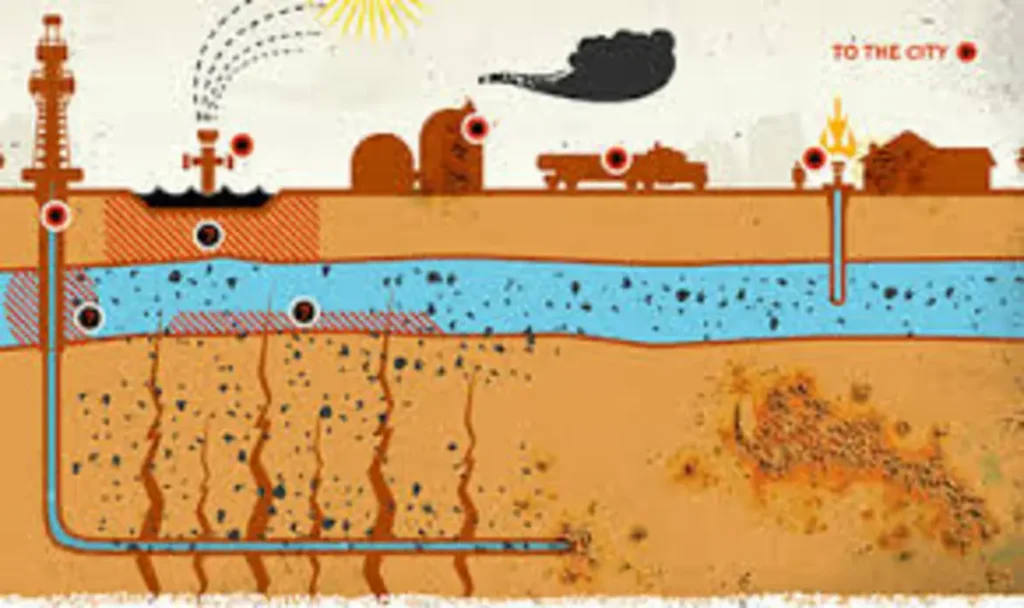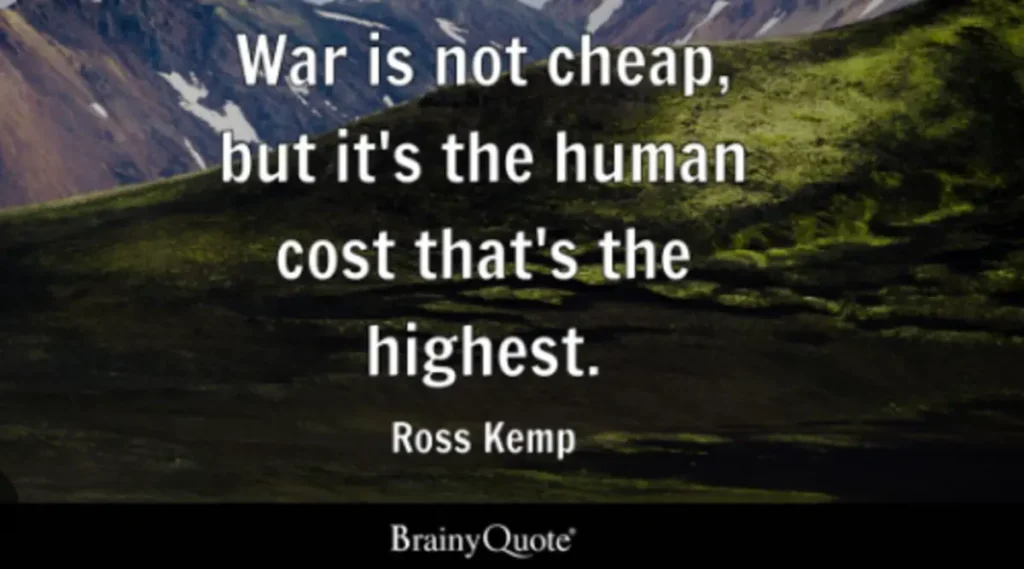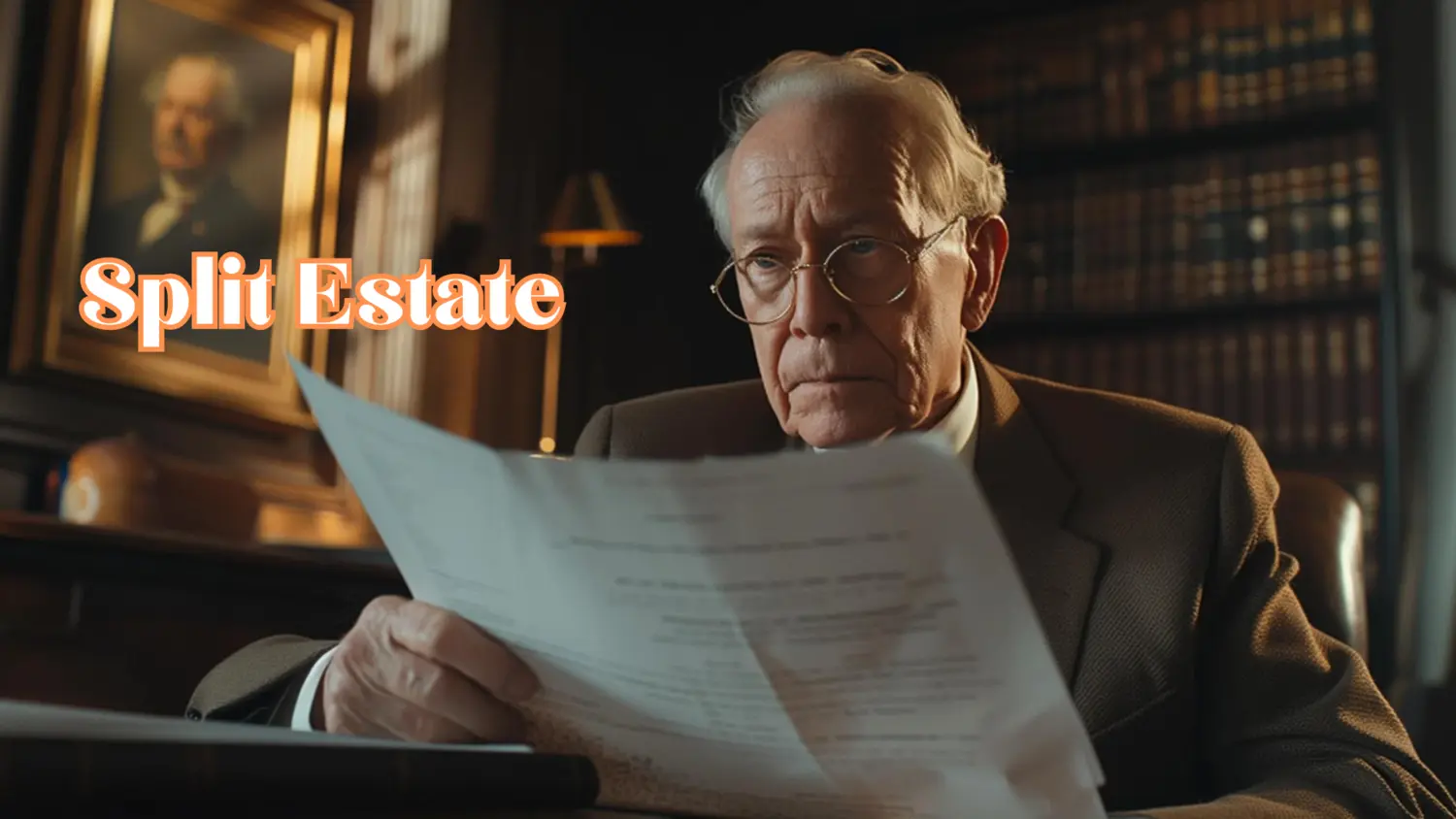Introduction About Split Estate
A Legacy Threatened on Split Estate

The Arrival of the Oil Industry
The Impact on Community and Wildlife
Drilling Operations On Split Estate
Faced with the imminent threat of drilling wells just 200 feet from their home, the Thompsons and their community mobilized to fight back against the encroaching oil and gas industry. Despite the risks to their jobs and the future of their families, they knew they had to speak out against the industry’s blatant disregard for their rights and the sanctity of their land.
Gathering together, the community organized meetings and town hall discussions to raise awareness about the potential dangers of the drilling operations. They invited experts to speak about the environmental and health risks associated with fracking, hoping to sway public opinion and garner support for their cause.
The community also reached out to local and state officials, urging them to intervene on their behalf. They presented petitions and letters detailing their concerns and demanding stricter regulations on the oil and gas industry. However, their pleas for understanding and action fell on deaf ears, as political and economic pressures continued to drive the industry forward.
Undeterred, the community took their fight to the courts, filing lawsuits to challenge the legality of the drilling permits. They argued that the proximity of the wells to their homes posed a serious risk to their health and safety and that the industry’s actions violated their rights as landowners.
As the legal battle unfolded, tensions in the community rose. Some residents, desperate to protect their homes and livelihoods, considered drastic measures such as civil disobedience and blockades to prevent the drilling operations from proceeding. However, cooler heads prevailed, and the community continued to pursue their case through legal channels.
Despite their best efforts, the community’s fight against the oil and gas industry proved to be an uphill battle. The industry’s deep pockets and political influence made it difficult to challenge their authority. In the end, the wells were drilled, and the community was left to deal with the consequences.
The experience was a sobering reminder of the power dynamics at play in the energy industry. The Thompson and their community had stood up for what they believed in, but in the face of corporate interests and political expediency, their voices were ultimately drowned out. As they looked out at the wells now dotting their once pristine landscape, they knew that the fight was far from over.
Political Influence and Regulatory Climate

The Human Cost

Industry Expansion
The Rocky Mountain region, known for its stunning natural beauty and abundant wildlife, is witnessing a profound transformation due to the drilling smash. With knockouts of thousands of new wells anticipated in the coming times, the terrain is set to suffer further industrialization, raising enterprises about the long-term impact on the terrain and communities. One of the most significant impacts of the drilling smash is the fragmentation of wildlife niches.
As drilling operations expand, they carve up large swathes of land, creating walls that can disrupt migration routes and scrap populations. This can have serious consequences for wildlife, leading to dropped heritable diversity and increased trouble of decimation for some species. The drilling smash also poses risks to water resources in the region. Hydraulic fracturing, or fracking, requires large quantities of water, which can strain original water supplies.
also, the chemicals used in the fracking process can contaminate groundwater, posing trouble to both mortal health and the terrain. Air quality is another concern associated with the drilling smash. The drilling process releases pollutants analogous to changeable organic mixes( VOCs) and nitrogen oxides( NOx), which can contribute to reek and respiratory problems. The increased truck business associated with drilling operations can also contribute to air pollution.
The rapid-fire industrialization of the Rocky Mountain region has also raised enterprises about the impact on original communities. Noise and light pollution from drilling operations can disrupt the lives of residents, affecting their quality of life and potentially impacting property values. The influx of workers associated with drilling operations can also strain original structures and services.
In the face of these challenges, Thompson’s plea for a more sustainable approach to energy products resonates with multitudinous in the region. There is growing recognition of the need to balance the profitable benefits of energy development with the protection of the terrain and the rights of original communities.
sweats are underway to develop cleaner and more sustainable energy sources, analogous to wind and solar power, which can help reduce the reliance on reactionary powers and palliate the impacts of the drilling smash. As the Rocky Mountain region continues to grapple with the challenges posed by the drilling smash, it’s clear that combined trouble is demanded to ensure that energy development is carried out responsibly and sustainably.
By working together, we can cover the natural beauty of the region and ensure a healthy terrain for future generations.
Local Controls and Tensions
Looking Ahead
Conclusion
In conclusion, “Stolen Land: Fracking’s Tragic Dirty Secrets” shines a light on the human and environmental costs of the fracking industry. Through the eyes of a fifth-generation rancher, we see the devastating impact of unchecked industrialization on the land and communities of the Rocky Mountain region. The story serves as a reminder of the importance of protecting our natural resources and the rights of those who call these lands home. As we look to the future, it is clear that the choices we make today will shape the world we leave for future generations.



